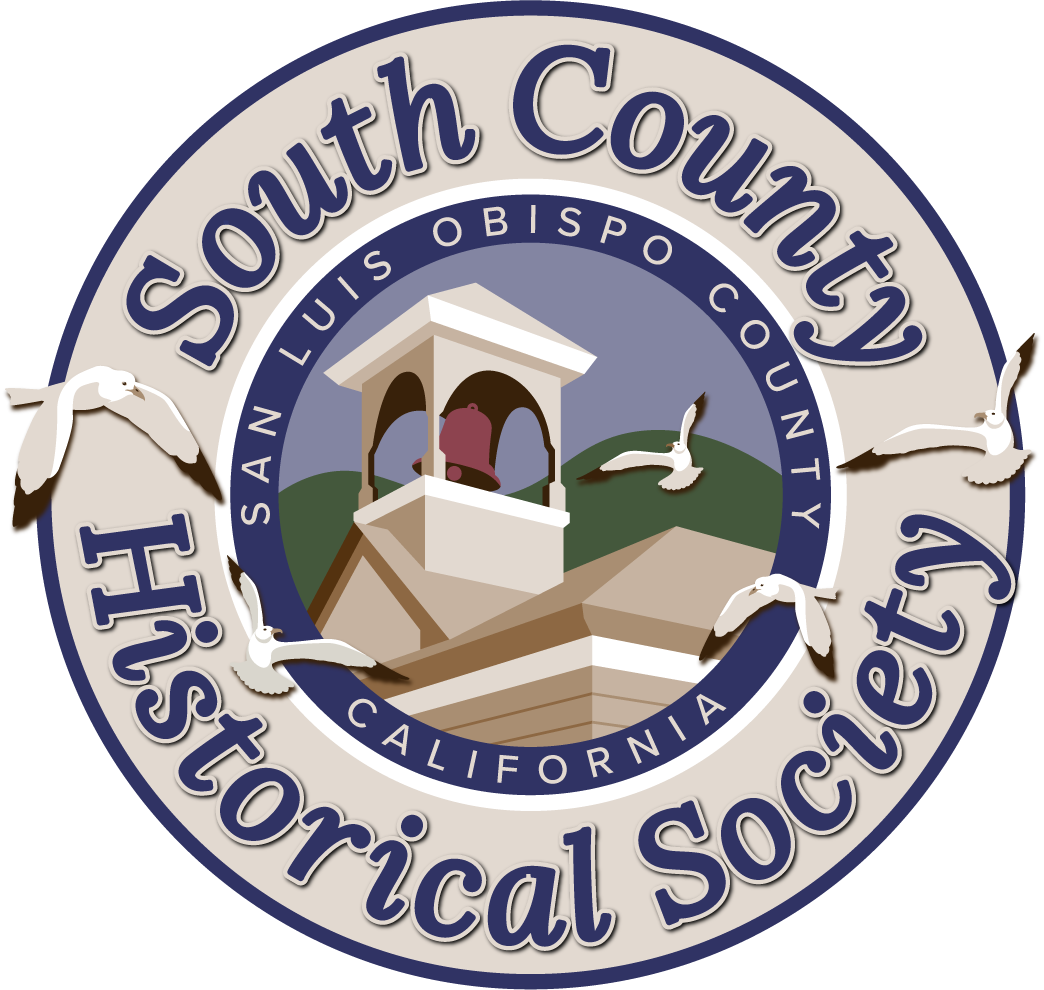
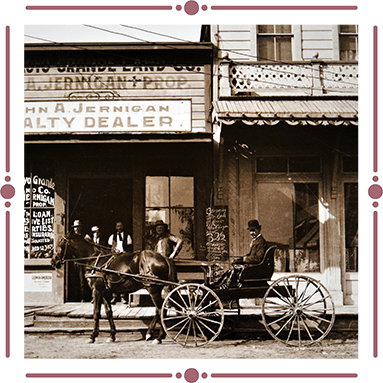
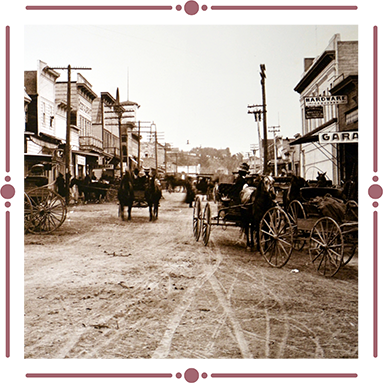
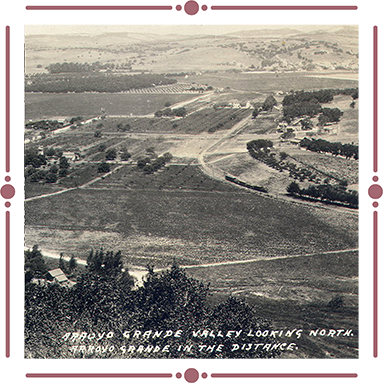
Pismo Beach

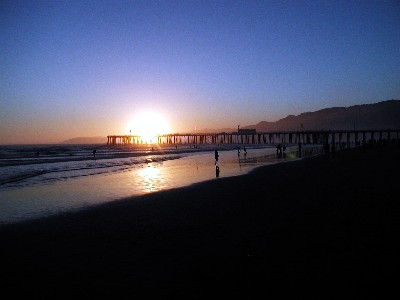

Pismo Beach history begins approximately 9,000 years ago with the Chumash Indians, who spoke of the area as the place to find pismu, or tar. The more modern Pismo Beach history goes back to 1769, when Don Gaspar de Portola and his parties camped in the area. According to the diary of Costanso, a member of the Portola party, "The party continued over the sand dunes and then descended to the beach, along which they walked for several miles before camping for the night. Near their camping place was an Indian village of some forty people." Undoubtedly, the beach walked upon by the Portola party was that known today as Pismo Beach.
Pismo Beach is rich in history and is a well-vacationed tourist location, offering sporting activities, wildlife viewing, surfing, biking, roller skating, an annual car show and more. The Price House Homestead Museum offers a glimpse into the rich history of Pismo Beach.
Pismo Beach is the winter home of the Monarch butterfly that comes to stay annually from October to February. This year Pismo was the home to approximately 56,000 Monarchs.
El Pismo Beach and the Captive Airship
By Effie McDermott

In 1905, George R. Lawrence, a photographer in the Chicago area, captured the attention of the US Army and Navy with his methods of aerial photography. President Theodore Roosevelt, fresh from the Spanish-American War, requested the US Army and Navy ask George R. Lawrence to demonstrate his “Captive Airship” method of aerial photography for potential military uses.
Lawrence had successfully photographed entire factories, the Chicago Stockyards and other Midwest scenes from the air. He was experimenting with ways to get good photos from a high vantage point, but after a nasty fall coming down from a 200 foot high tower, he determined to figure out a way to use balloons or kites to get his cameras aloft. After demonstrations to the US Government, both on land and from ships, the Navy report indicated that Lawrence’s methods had promise and the US Government should acquire rights to the concept and further develop the technique for military use.
Lawrence, however, continued to improve a “train of kites” system and had his “Captive Airship” working when the 1906 San Francisco earthquake struck. Using a sequence of kites and guywires, a camera platform stabilized with three outstretched booms, and an electrical device to trigger the shutter, he was able to take some of the now famous aerial panoramic photos of San Francisco in ruins after the earthquake and fire.
Simultaneously, the El Pizmo Beach Company was in need of photography to promote their newly upgraded resort. George R Lawrence was hired to loft his camera above Pismo Beach. His 1906 aerial panoramic photo of El Pizmo Beach focuses on the Inn and Tent City. It pans the Shell Beach Hills in the distance and south to the vicinity of Pismo Creek. It shows the beach, the town, the Inn, Tent City, the pavilion, the Wave Hotel, homes and businesses sprinkled in the downtown area, the early school houses at what is now 1000 Bello, the clam cannery, and the lay of the land.
For a better look at this photo, go online to the Library of Congress at www.loc.gov. Select American Memory and enter a search for El Pizmo Beach. It is in the Panoramic Photos collection. Or visit the South County Historical Society’s Heritage House Museum at 126 S. Mason St, Arroyo Grande, where a large print that once belonged to the resort is displayed.
Special thanks to Ray Holm and Norm Hammond for tips on this topic.
